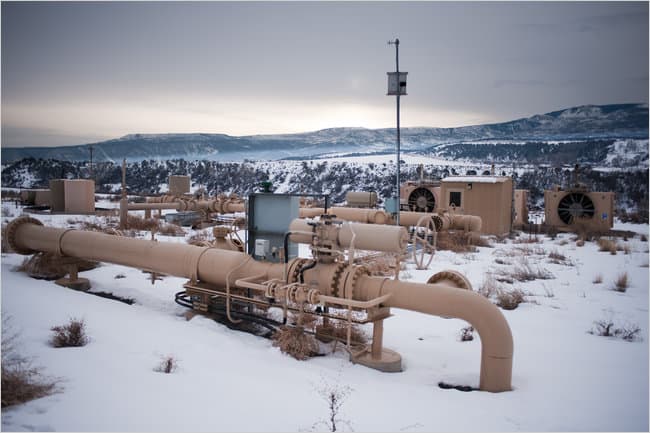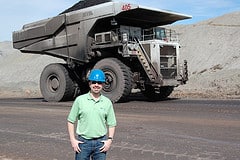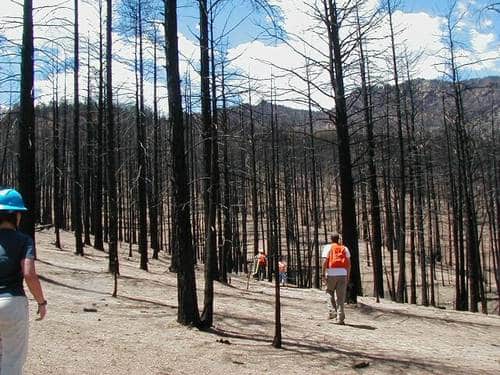Check this out from the Summit County Citizens Voice here..
Perhaps we’re back to tree planting, just about 30 years after the last surge (the circle of life). We could start those nurseries running, get the tree-coolers back online.. and go for it…
I was looking for good tree quotes for a retirement party and found this today..
Acts of creation are ordinarily reserved for gods and poets. To plant a pine, one need only own a shovel.
Aldo Leopold. But I digress…
SUMMIT COUNTY — Wildfires that have burned across almost 750,000 acres in Arizona are doing more than turning forests into charred stumps.
Researchers with Northern Arizona University say the fires, burning in unnaturally dense stands of ponderosa pine, are turning the forests from carbon sinks into net carbon producers — and, the fires have burned so hot that they aren’t finding many signs of regeneration.
Mike Stoddard, a forest ecologist with NAU’s Ecological Restoration Institute, has been looking for a sign, any sign, of ponderosa pine seedlings 15 years after the 1996 Hochderffer Fire, a crown fire that burned hot through 16,000 acres west of the San Francisco Peaks, near Flagstaff.
“These large fires are devastating our forests,” Stoddard said. “We’re concerned that ponderosa pine is not regenerating after these wildfire events.”
Crown fires burn into the canopies and treetops or crowns of the trees — massive, intense crown fires, such as the Wallow Fire in eastern Arizona, are not natural in the ponderosa pine forest. Naturally occurring ponderosa pine fires burn along the ground, or base, of the trees.
Scientists also are concerned about the invisible impacts of crown fires. The fires are contributing to global warming by upsetting the carbon balance while they are burning, and for years afterward, according to the NAU researchers.
In a study conducted from 2001 to 2007, forest ecologist Matthew Hurteau with NAU’s School of Earth Sciences and Environmental Sustainability found that the nation’s wildfire emissions were the equivalent of 4 percent to 6 percent of all emissions from burning coal, oil and natural gas. The percentage of lingering emissions is even greater.
“We’re looking to forests to take in carbon, thereby lowering the greenhouse gases. But at a site like the Hochderffer Fire, the grassy vegetation that’s growing in is not making up for the amount of carbon that’s being released from the dead trees,” he said.
Across Arizona Highway 180, the story is much the same. NAU forestry professor Tom Kolb is calculating the amount of carbon dioxide moving between the land and the air at the site of the Horseshoe Fire. This 8,000-acre crown fire also burned in 1996.
“The fire has had a long-term legacy effect on the capacity of this site to take in and store carbon dioxide,” Kolb said. “This site has gone from being a carbon sink, where carbon was being stored, to a carbon source, where carbon is being released.”
With carbon making up about half the dry weight of a tree, researchers say overstocked ponderosa pine thickets can store a lot of carbon, at least for a while.
“Storing carbon in lots of little trees in a dense forest is like investing your retirement funds in junk bonds. It’s risky,” Hurteau said. “Our research has shown that if we reduce the amount of trees per acre and return ground fire to the system to manage those surface fuels, the carbon left in the live trees is much more stable because it’s less vulnerable to crown fire.”
Carbon flux research south of Flagstaff where excess small diameter ponderosas have been removed shows the remaining trees have become more vigorous.
“They photosynthesize at a much greater rate than the trees in the un-thinned situation,” Kolb said. “The thinned forest has an equal to or slighter greater rate of carbon sequestration than an un-thinned forest.”








